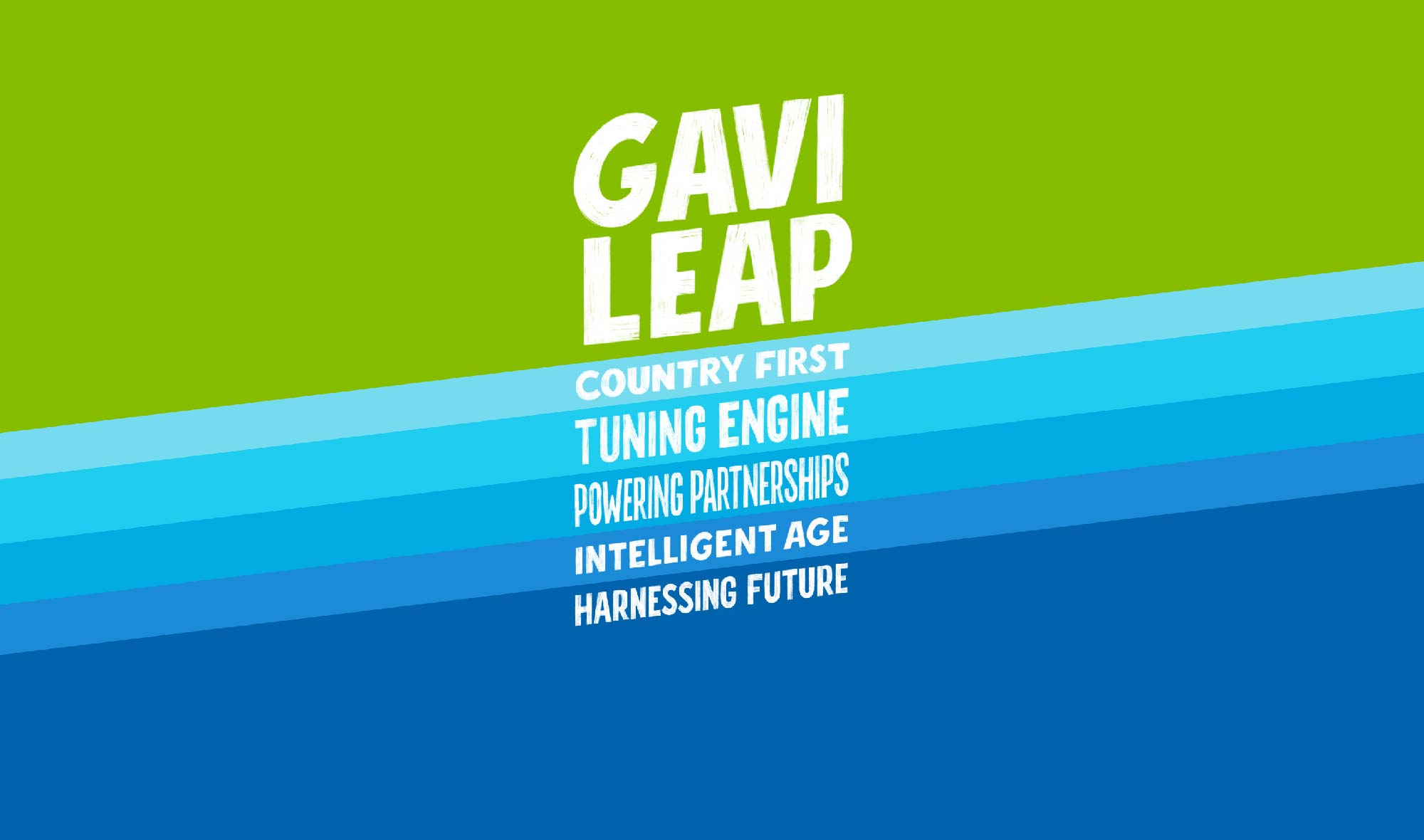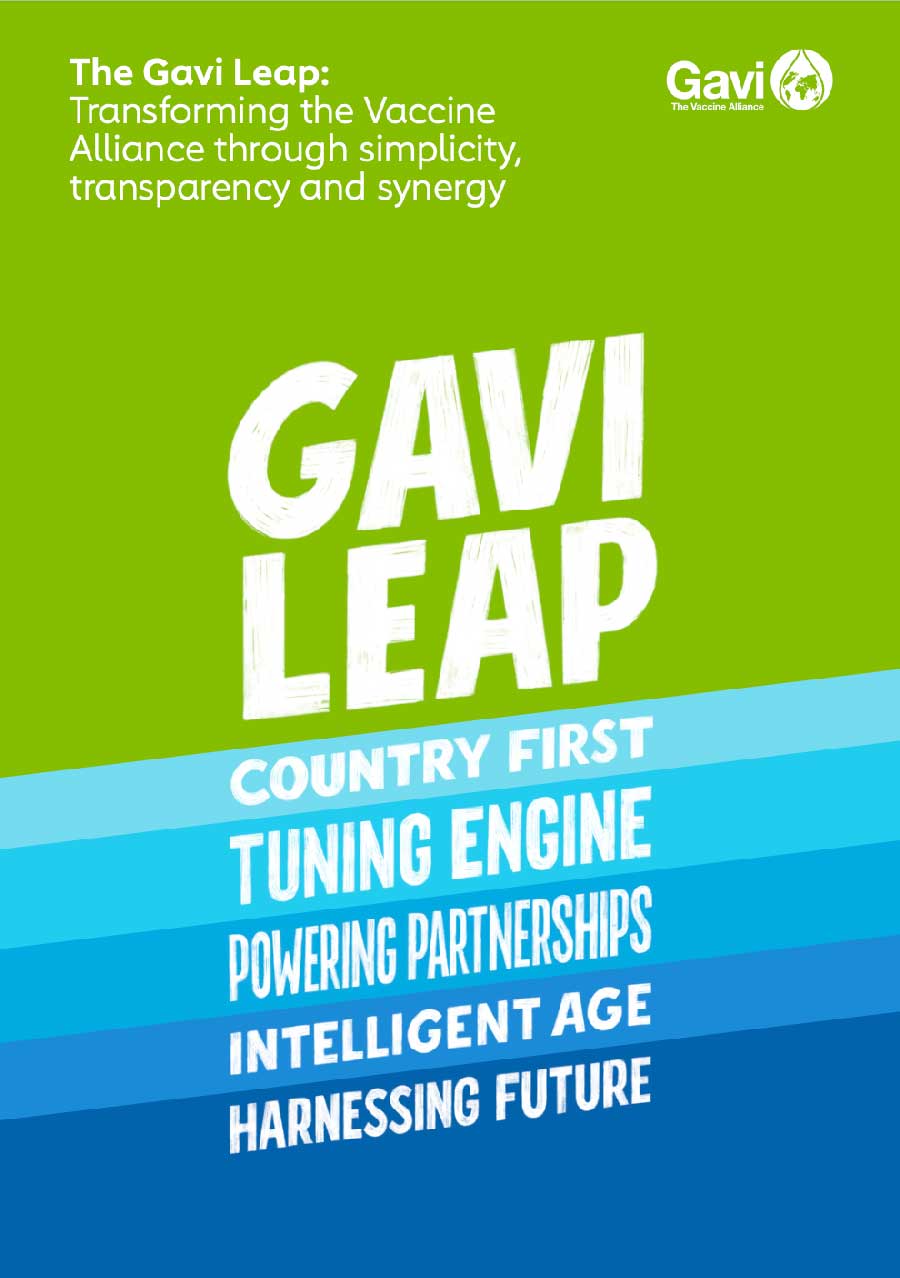Since the middle of 2024, Gavi began a process of re-examining every aspect of the way it works to prepare for its next strategic period. With this transformation, which has come to be known as the ‘Gavi Leap’, well under way, the principles that underpin it – Country-centricity, Country self-reliance, Focused mandates and Finite lifespans – could be applied to broader reforms across global health.
Dr Sania Nishtar's articles
- Three years ago we made a promise to girls around the world to help end the scourge of cervical cancer. Today we have honoured it. LinkedIn
- The Gavi Leap: radical transformation for a new global health architecture The Lancet
- It’s time to leap to a new global health architecture
Global Governance Project
Pillars of the Gavi Leap
COUNTRY FIRST
At the heart of the Gavi Leap is a new country operating model that places countries first by increasing resources at the decision-making discretion of countries, making it easier for countries to work with Gavi and promoting immunisation sustainability.
TUNING OUR ENGINE
Transformation also means looking at every aspect of how Gavi colleagues work with each other. From better decision-making and sharper planning to greater accountability and more thoughtful measurement, the Gavi Leap entails a root-and-branch reform of Gavi’s ways of working.
POWERING PARTNERSHIPS
Partnerships are no longer ‘nice to have’ in today’s fiscally constrained environment. With no room for duplication, fragmentation and competitive behaviours, seeking synergy through partnership is therefore one of the defining principles of the Gavi Leap.
EMBRACING THE INTELLIGENT AGE
As the best buy in global health, innovation has always been a hallmark of Gavi, helping us shape markets, improve outcomes and strengthen our balance sheet. Through the Gavi Leap, technology, particularly artificial intelligence (AI), will radically transform our organisation for the better.
HARNESSING THE FUTURE OF IMMUNISATION
The resource-constrained world in which Gavi operates means calls for an urgent rethink on how global health organisations work alongside each other. Principles of country-centricity, country self-reliance, focused mandates and finite lifespans, hard-wired into a new development model, will protect the gains of the past and unlock further future progress.


